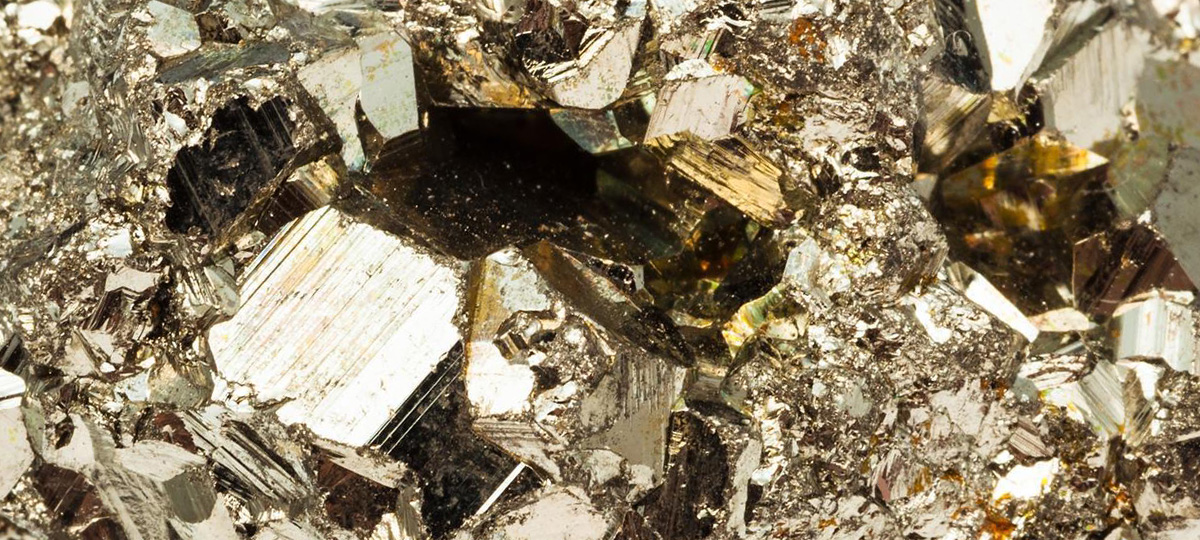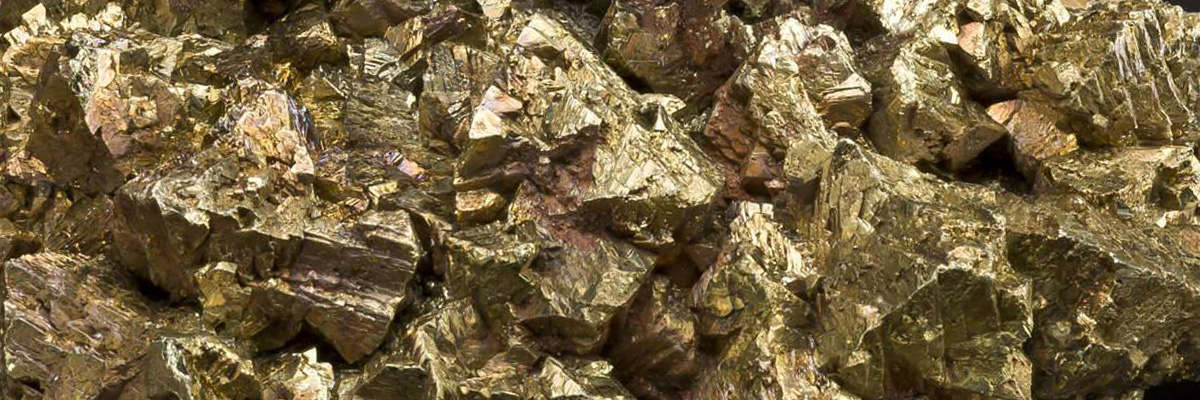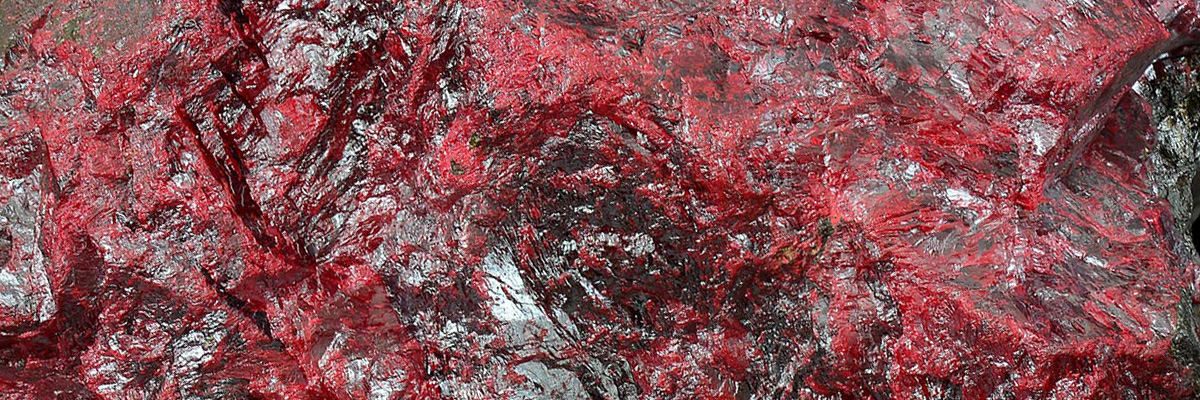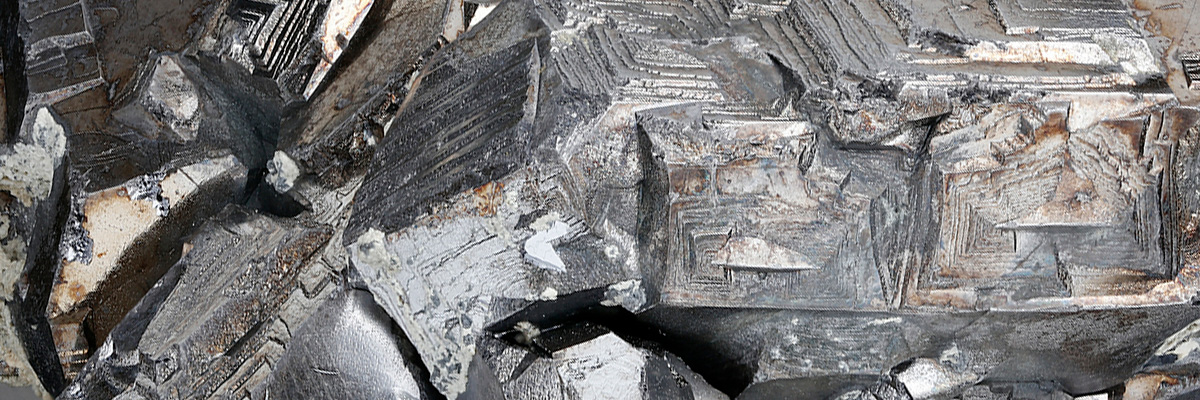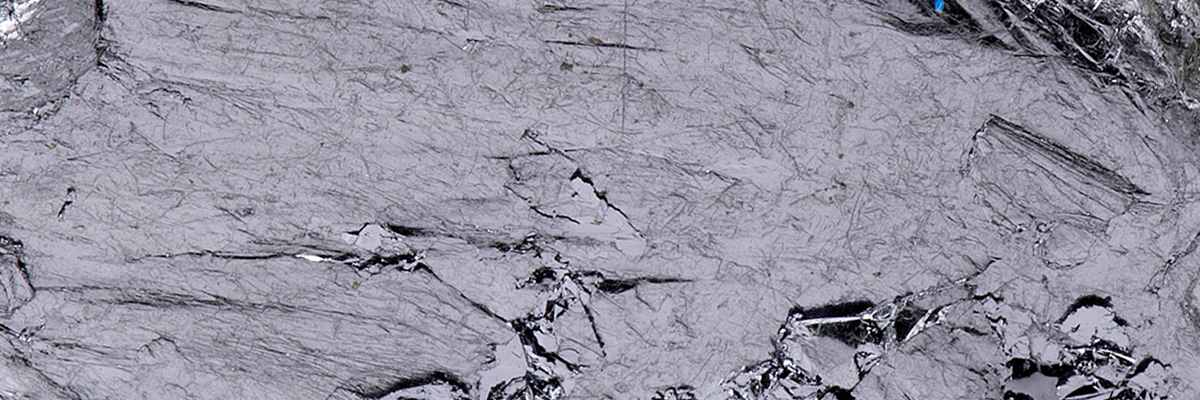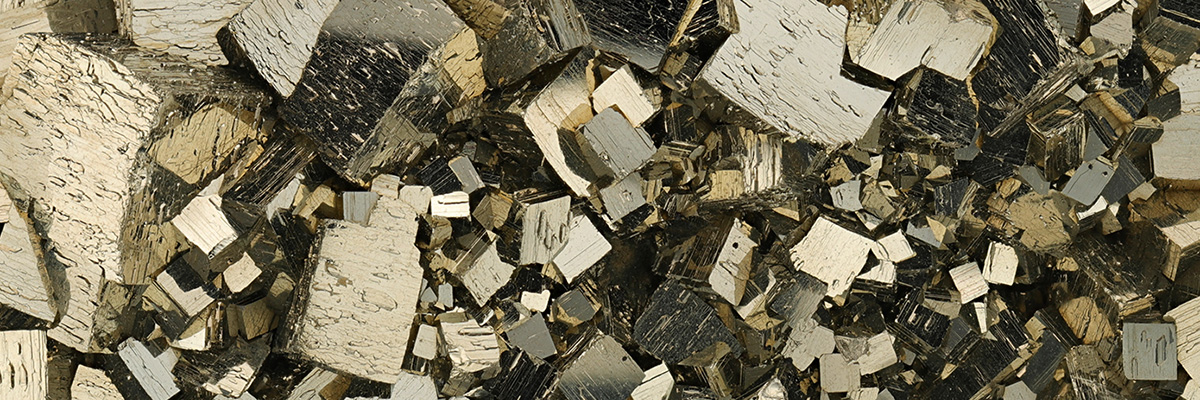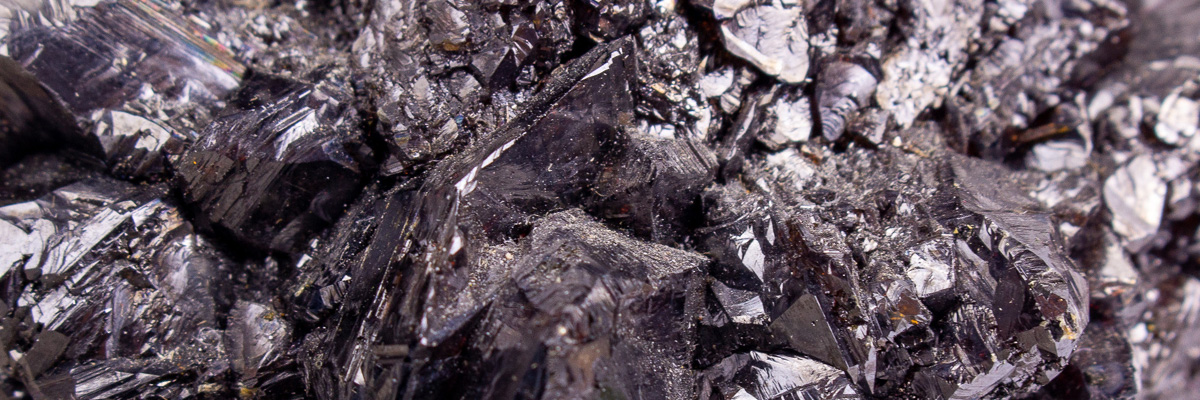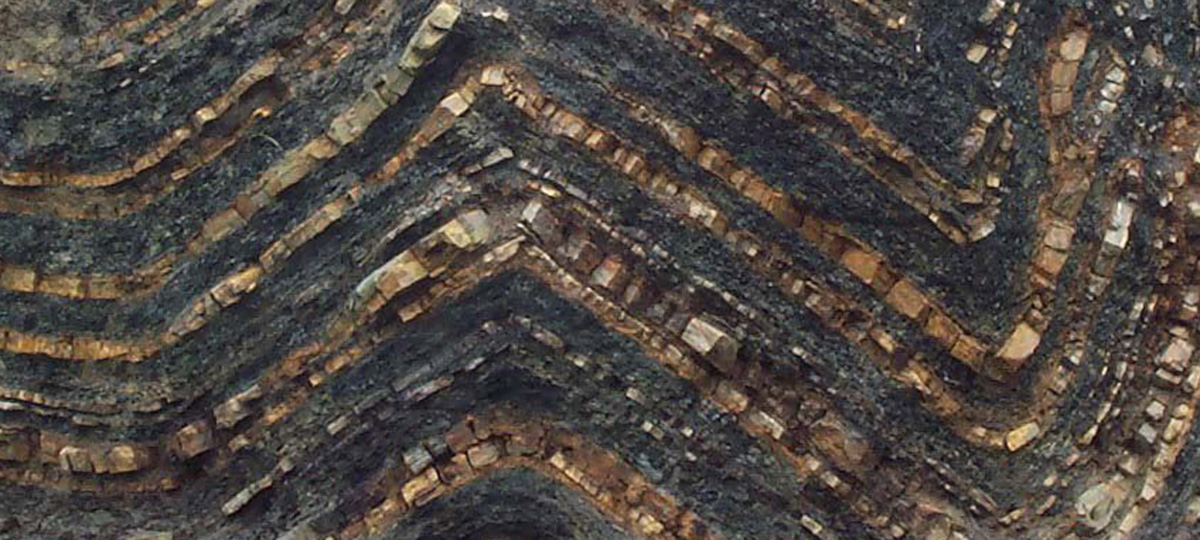Sulfide minerals comprise an essential group of minerals that contain one or more sulfur anions (S2-) combined with metal cations. They are widely found in various geological settings, including igneous, metamorphic, and sedimentary rocks. Sulfides play a vital role as ore minerals for numerous metals, such as copper, lead, and zinc, and are of significant interest in the fields of geology, mining, and environmental science.
Formation
Sulfide minerals typically form through magmatic, hydrothermal, and sedimentary processes. They originate when metal cations bond with sulfur anions under specific temperature, pressure, and chemical conditions. Sulfides often occur in massive sulfide deposits, vein systems, and disseminated deposits associated with magmatic and hydrothermal processes. In some cases, they can also form through the diagenesis of organic-rich sedimentary rocks.
Types
The sulfide mineral group encompasses a diverse range of minerals, some of which include:
- Pyrite (iron sulfide): Commonly known as “fool’s gold” for its metallic, gold-like appearance, pyrite is a widespread sulfide mineral found in various geological environments. It can occur in igneous, metamorphic, and sedimentary rocks.
- Chalcopyrite (copper iron sulfide): A brassy yellow to greenish-yellow mineral, chalcopyrite is the most important copper ore. It is typically found in hydrothermal vein systems and disseminated deposits associated with magmatic and hydrothermal processes.
- Galena (lead sulfide): Characterized by its metallic gray color and high density, galena is the primary ore mineral for lead. It is commonly found in hydrothermal veins and massive sulfide deposits.
- Sphalerite (zinc sulfide): A brown to black, resinous mineral, sphalerite is the most important zinc ore. It can be found in hydrothermal veins, massive sulfide deposits, and disseminated deposits associated with magmatic and hydrothermal processes.
Properties
Sulfide minerals exhibit diverse physical and chemical properties depending on their chemical composition and crystal structure. They are generally dense, metallic, and opaque, with colors ranging from yellow to gray, brown, and black. Sulfides have a characteristic cleavage in one or more directions and can be either brittle or sectile.
Sulfide minerals can be identified by their crystal structures, which include cubic, tetragonal, orthorhombic, and hexagonal systems, among others. Most sulfides are insoluble in water but can react with acids, releasing hydrogen sulfide gas, which has a distinctive rotten-egg odor.
Significance
Sulfide minerals have significant importance in various fields. In geology, they can provide crucial information about the composition, structure, and history of the Earth’s crust. For example, massive sulfide deposits can reveal the presence of ancient volcanic and hydrothermal systems, which offer insights into the Earth’s tectonic processes.
Sulfide minerals are also essential for the extraction of various metals. Chalcopyrite is a primary source of copper, while galena and sphalerite are important ores for lead and zinc, respectively. The mining of these ores has driven the development of many civilizations throughout history.
The study of sulfide minerals also has environmental implications. The weathering of these minerals can produce acid mine drainage, which can have severe consequences for water quality and ecosystems. Understanding the behavior and properties of sulfide minerals is crucial for mitigating the environmental impacts of mining and other industrial activities.
Examples
-
Chalcopyrite
Chalcopyrite is a sulfide mineral belonging to the class of sulfides and the subclass of tetragonal sulfide minerals. It is often called “Peacock Ore” due …
-
Cinnabar
Cinnabar is a mercury sulfide mineral known for its striking red to brownish-red color and its adamantine to dull luster. Its physical characteristics include massive, …
-
Galena
Galena, a lead sulfide mineral, belongs to the class of sulfides and the subclass of galena group. This captivating mineral is renowned for its metallic …
-
Molybdenite
Molybdenite is a molybdenum sulfide mineral known for its bluish-gray to silvery color and metallic luster. Its physical characteristics include hexagonal, foliated, or massive crystal …
-
Pyrite
Pyrite, often referred to as “Fool’s Gold,” is an iron sulfide mineral belonging to the class of sulfides and the sub-class of disulfides. This captivating …
-
Sphalerite
Sphalerite is a zinc sulfide mineral known for its wide range of colors, from yellow, brown, and black to colorless, red, and green. Its luster …

Related Posts
-
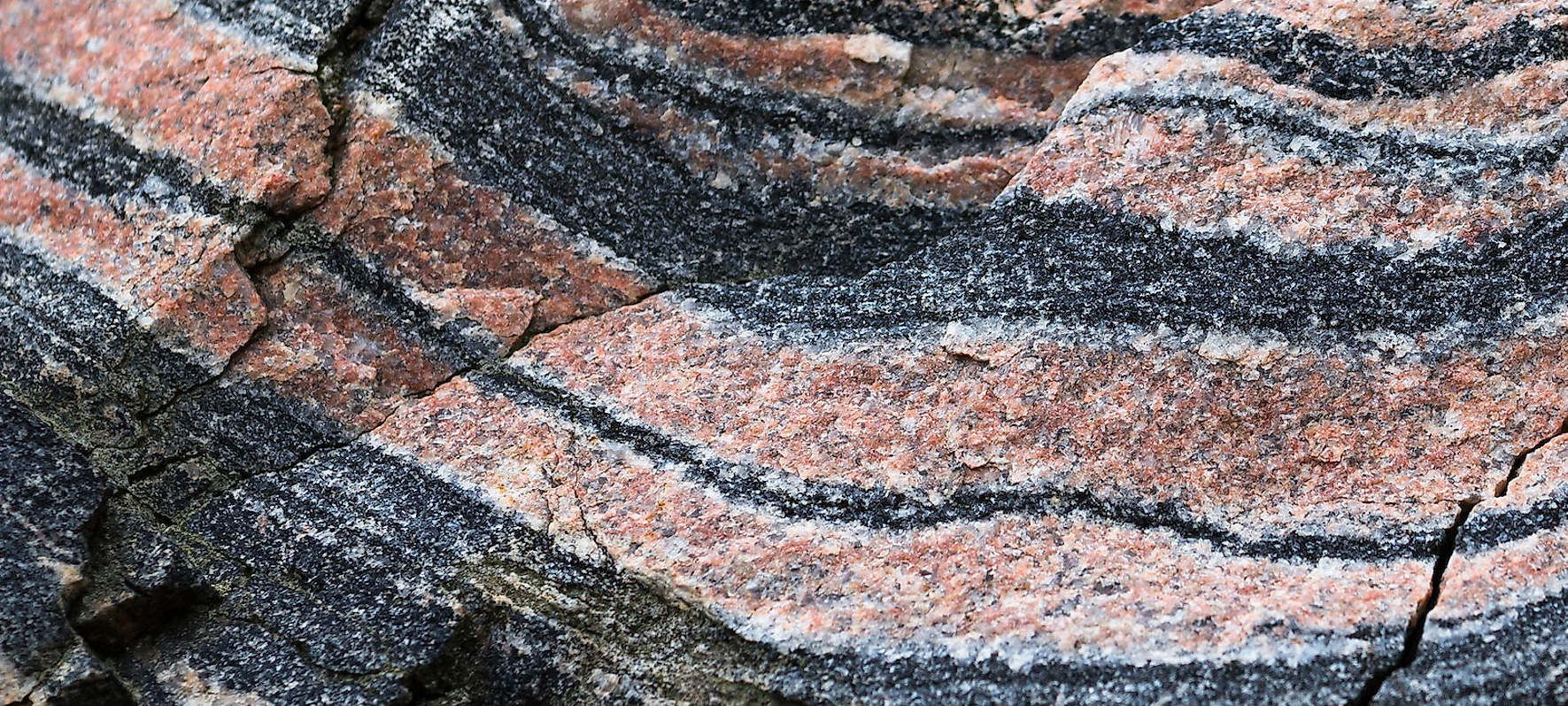
Metamorphic
Metamorphic rocks are a fascinating class of rocks that have undergone transformation due to intense heat, pressure, or mineral exchange deep within the Earth’s crust. …
-
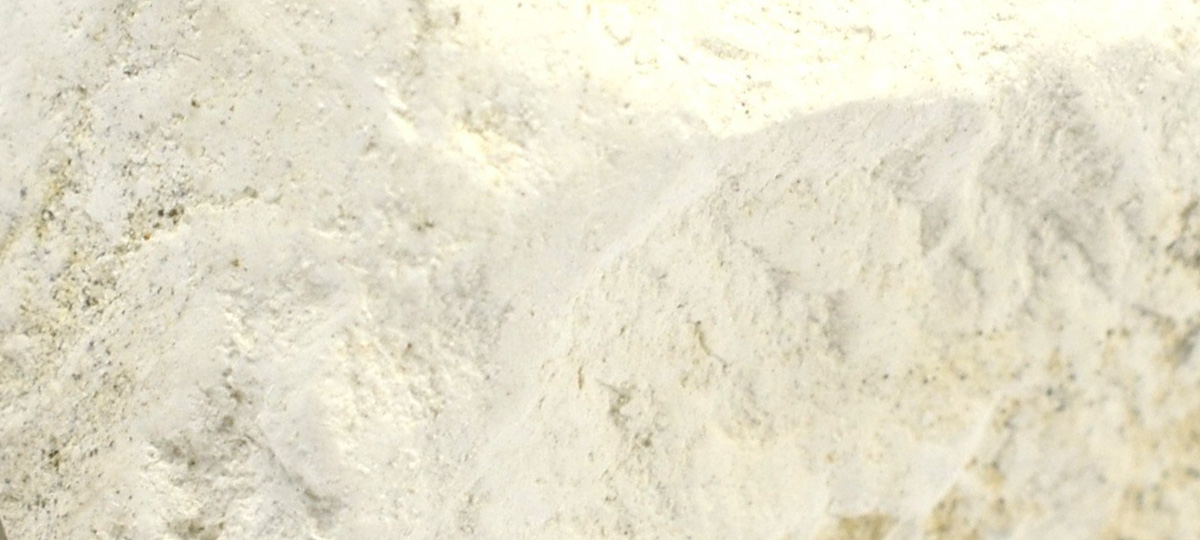
Organic Sedimentary
Organic sedimentary rocks are unique formations derived from the accumulation and preservation of plant and animal remains, providing a window into Earth’s biological history. These …
-

Chemical Sedimentary
Chemical sedimentary rocks are formed from the precipitation of dissolved minerals from water, often due to changing environmental conditions. These captivating rocks offer valuable insights …
